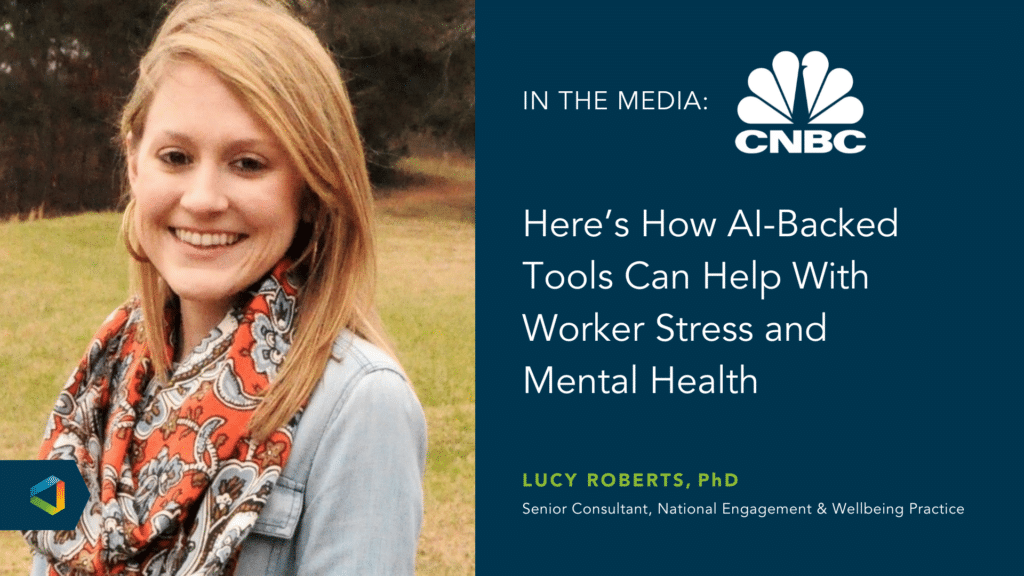Your company has an all-hands-on-deck staff meeting. As you’re speaking to your employees, you look out across the audience and see half of the audience texting or simply looking bored or disengaged. Technology is all around us, and its effects are everlasting. Not only do mobile devices make it easy to half-listen to a conversation or a presentation, but also people are growing more accustomed to receiving snippets of information through texting and social media sites and apps. As people become more accustomed to receiving information in the form of “sound bites,” engaging listeners becomes increasingly challenging.
From Faxes to Drones
Technology is a relevant and much needed tool – especially in the business world. Back in the 1980s, the fax machine simplified the business market. Prior to the fax, sales people had to mail or hand deliver contracts for signatures, which could add hours or days to the sales process. As Generation Z enters the workforce, I would put money on the fact that under 1 percent of Generation Z will ever use a traditional fax machine. Whether it’s fax, email, Amazon drones, electronic signature, a robust HRIS platform, SaaS payroll platforms or internal customer management systems, every company must be utilizing, evaluating, and upgrading different technology tools on a routine basis. If not, the business runs the risk of losing opportunities or spending more money due to inefficiencies and/or an inability to compete effectively.
Reclaiming Face-to-face Conversation
"Technology transforms modern society and interpersonal communication," according to Sherry Turkle, a licensed clinical psychologist and founder and current director of the MIT Initiative on Technology and Self. In her most recent book, Reclaiming Conversation: The Power of Talk in a Digital Age, Turkle investigates how “a flight from conversation undermines our relationships, creativity, and productivity — and why reclaiming face-to-face conversation can help us regain lost ground.”
One-on-one Communication and Technology Co-existing
As you evaluate your company’s communication strategies, consider whether they allow for technology and one-on-one to co-exist. Big corporations like insurance companies have a tech-centered model. In the old days, employees received thick welcome packets, ID cards, certificates, and explanation of benefit statements via US Mail on a regular basis. Today, customers are forced to access most (or all) of this information directly from the carrier’s website. A tech-only model means fishing for information in a carrier’s web portal which can feel more like drowning in a sea of irrelevant information.
Reflecting on Communication Process
As you analyze your communication process, ask yourself questions about the process. How have you changed your initial and/or open enrollment process for benefits? Do you still give employees information in an announcement letter? Perhaps a group meeting? Are you then asking employees to turn in election forms within a specific timeframe? Do you hate the process of organizing paperwork to make sure everyone has returned the completed forms? Do you feel like a stalker for constantly hounding employees to turn in forms after the deadline?
A Better Way
Is there a better way? Of course! Here are some small steps that can help:
- Inventory your workforce audiences – find out which generations you are speaking to. Find out how they like to receive information.
- Inventory the different communication methods at your disposal — one-on-one meetings, benefit booklets, videos, group meetings, webinars and decision support tools.
- Pair up the different workforce audiences that you have with the most effective communication methods that you’ve identified.
- Keep it simple – be realistic. There’s only so much time in the day. Try to stick to 2-3 communication methods and do them well.
Still need help or looking to strategize a little further? Contact your OneDigital Health & Benefits Consultant or Advisor and we’ll help you figure it out.




